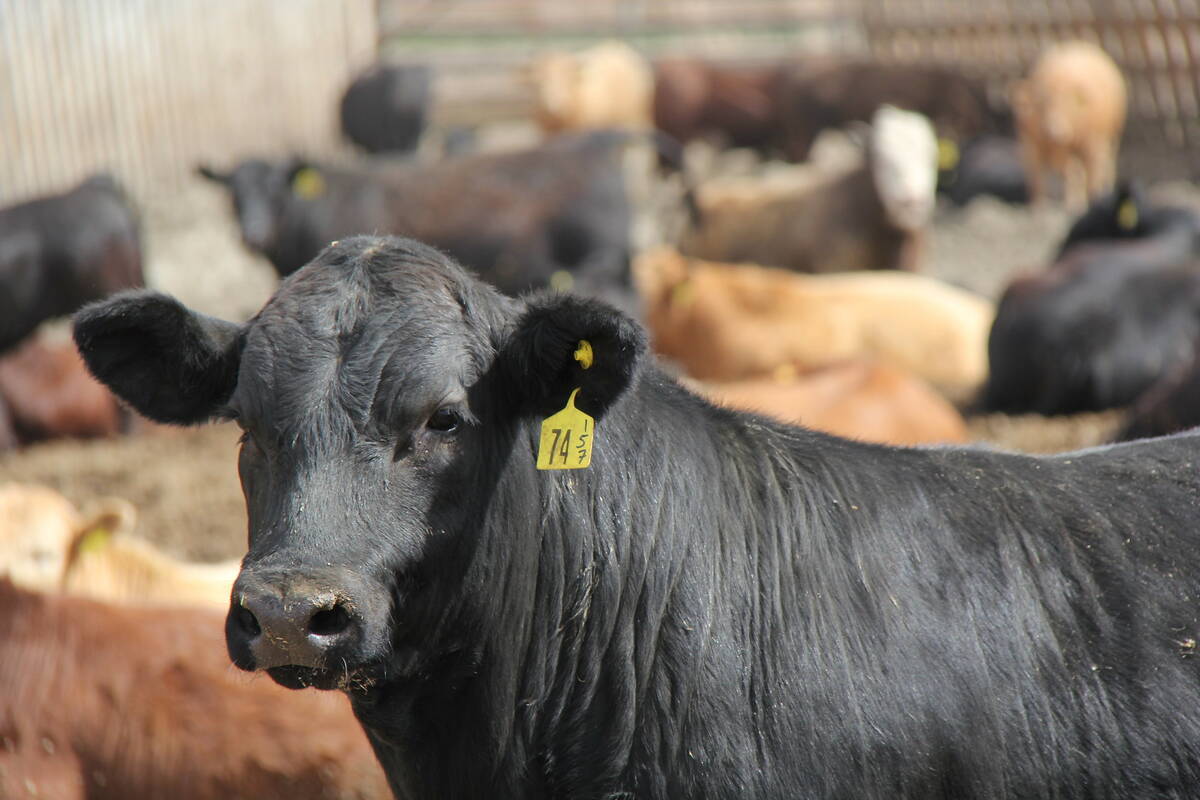CNS Canada — It’s not a stellar time for canary seed prices but the situation could improve, depending on acreage this spring and what the Mexico peso does in 2017.
“Prices are not showing a whole lot of strength,” said Kevin Hursh, executive director of the Canaryseed Development Commission of Saskatchewan. “We’re probably in that 20- to 22-cent a pound range depending on whose market you look at in any given day.”
Back in the fall, prices temporarily flirted with the 25-cent mark for top-quality seeds, due to the soggy conditions across Western Canada.
Read Also

Klassen: Cash feeder market divorces from futures market
For the week ending October 11, Western Canadian yearling markets traded $8/cwt higher to $5/cwt lower compared to seven days…
“But as better weather appeared in November and more crop came off it disappeared and prices came back down,” explained Hursh.
Last year 260,000 acres of canary seeds were planted, down from the 2015 total of 325,000 acres.
At this point Hursh isn’t sure if that trend will continue or if producers may decide to plant more.
Much of the canary seed crop is planted in durum country — a fact that could appeal to durum growers whose crops have been plagued with fusarium problems.
“It doesn’t take a very big shift out of durum to make the canary seed acres go up a fair bit and that’s a worry in the marketplace as well,” said Hursh.
Still, while canary seed prices may not be at the top end of their five- to 10-year range, they aren’t all that bad stacked up against certain cereal crops.
“If you compare it to wheat it’s decent; if you compare it to fusarium-damaged durum it’s probably fairly attractive so it depends on how you want to look at it,” said Hursh.
The coming spring is generally expected to be a wet one, and while canary seeds handle moisture fairly well, it still could factor into acreage numbers, according to Hursh.
“Sometimes when seeding is delayed canaryseed acres can actually be increased, because canary seed can do reasonably well if seeded a bit later,” he said.
Mexico continues to be the No. 1 market for Canadian exports but it’s not the best time for the currency.
“The Mexican peso is very weak and that’s probably not helping their purchasing power,” Hursh said.
There is still some carryover from last year, he added. Coupled with lacklustre demand and adequate supplies, the market could use some help when it comes to lifting current prices.
“There seems to be no urgency in the marketplace looking for product and it’s always been a market where the stocks being carried over are anyone’s guess,” he said.
— Dave Sims writes for Commodity News Service Canada, a Winnipeg company specializing in grain and commodity market reporting.















